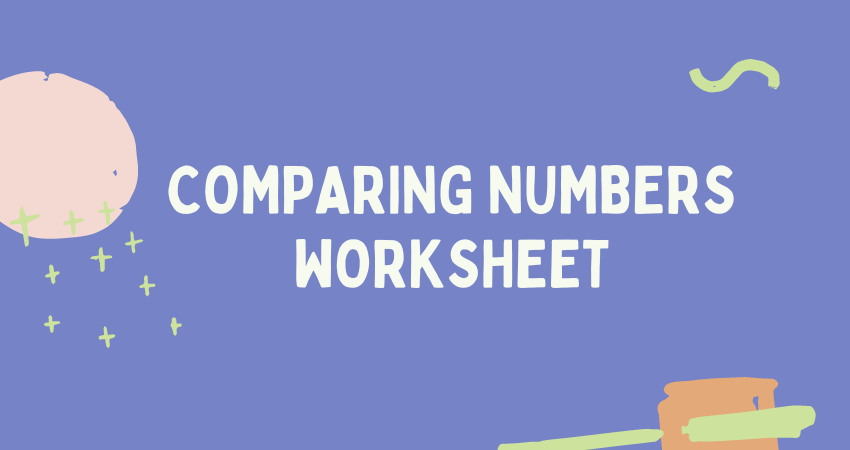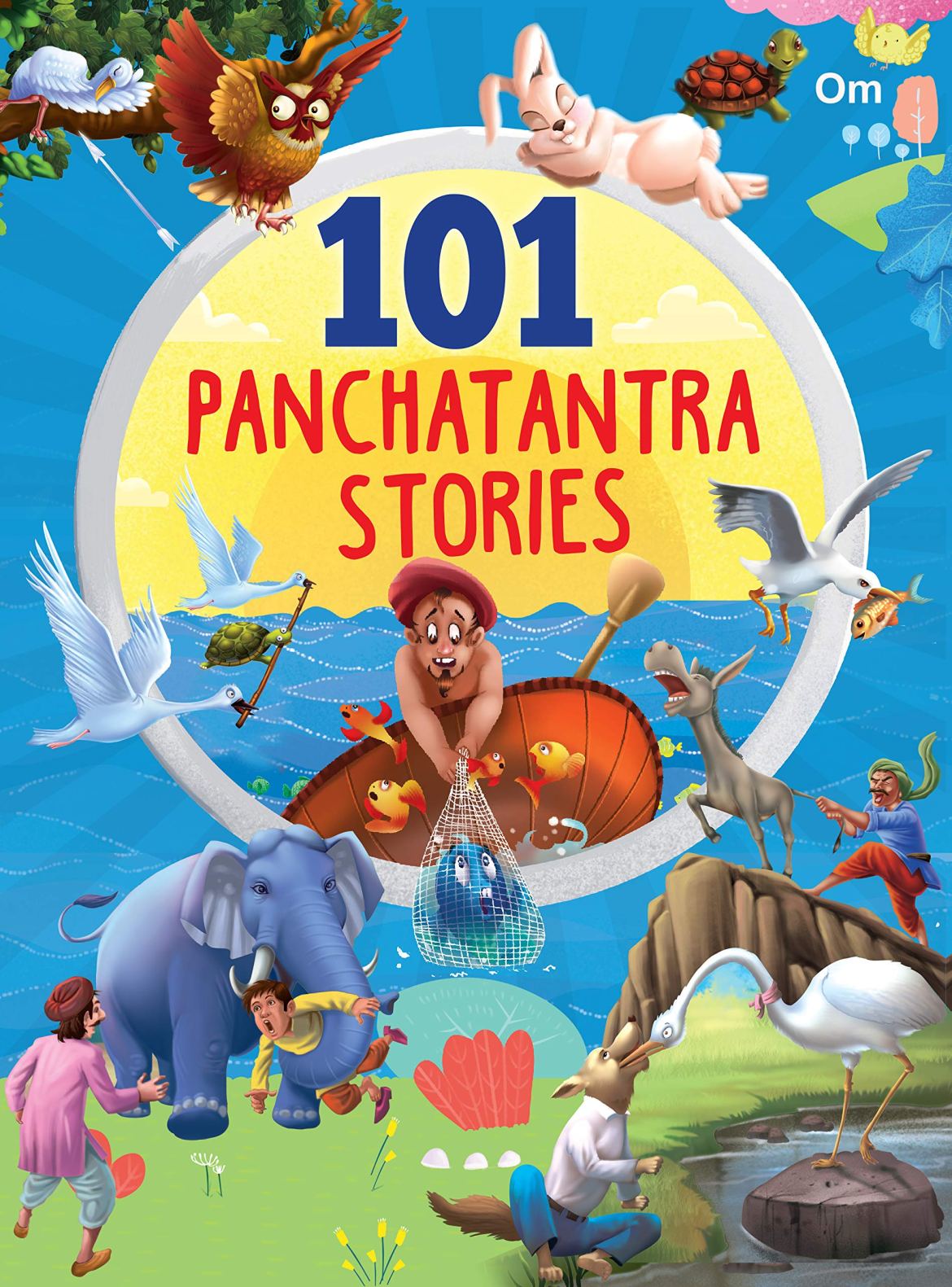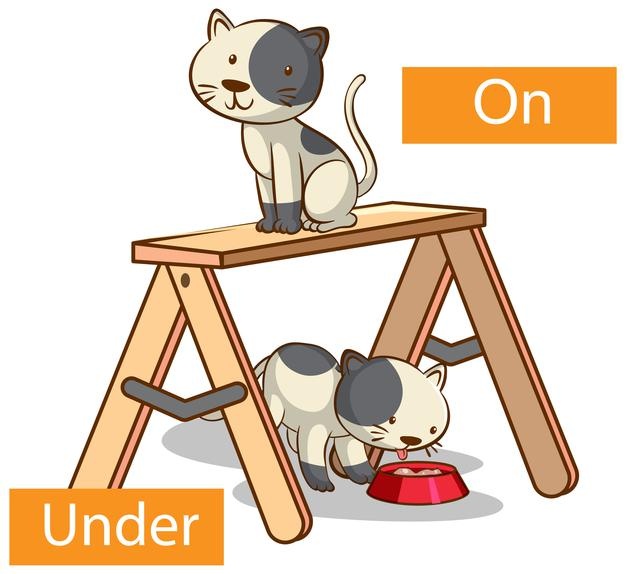Comparing Numbers Worksheet For Class 2

Introduction
These two maths worksheets completely cover the basic concepts of number comparison. In this worksheet there are some exercises to practice number comparison for numbers between 1-100.
How is it possible to actually learn number comparison?
For one to compare numbers means to 'understand' and realise that there are some basic differences in the value of two numbers that are placed side by side.
In this maths worksheet, upon comparing 2 numbers from 1-100, the student should be able to select a comparison symbol, like '<' lesser than and '>' greater than and '=' equal to, and correctly place them in between the two given numbers of question.
The purpose of this exercise is to convey in short, i.e. by use of the comparison symbol whether the one number is greater than, or lesser than or equal to another number.
It is a learning exercise which is mainly developed for young kids who are in primary school.
It is also designed with the idea of helping the young student to grasp the basic concept of numbers and develop what is known as a basic 'number sense'.
Importance of having a definite 'number sense'
Developing a kind of 'number sense' helps so much with understanding whether a numerical quantity is 'more' or 'less'.
Now having a number sense, shows that you have the plain and simple understanding and relatability of numbers. A basic 'number sense' helps one to recognise the quantity indicated by the number and how this quantity can change when it is added to or subtracted from another number.
How to develop this sort of number sense?
It is indeed possible, if one regularly does number comparison activities. The exercises provided in the worksheet are a nice way for children to try to develop number sense.
Apart from developing what is known as number sense, the student will also get a feel of comparing numbers. He/she will also learn to identify and use the comparison symbols.
This really is a good foundation/start for the young student to move on ahead towards more complex mathematical calculations like addition, multiplication, Subtraction etc.
Instructions to solve the worksheet
In the sheet, the questions are provided and the students are asked to choose between 3 given comparison symbols to place between two given numbers.
One comparison symbol is the greater than '>'. The other comparison symbol is '<', also called lesser than. Alternatively they can also use "=" which means 'equal to' in the given blank spaces. Only one can be selected of the three symbols can be selected
Either of these comparison symbols are to be put into the empty boxes that are provided for the purpose of writing the answer.
For example, in the first line, the students are asked to put the correct comparison symbol in the empty box, placed between two given numbers, which in this case is 26 and 46.
In this case the correct answer, or the right comparison symbol to place in between the numbers 26 and 46 is '<' which is also called lesser than. What this means is that 26 is indeed a lesser number than 46 on the scale of mathematical numerals, and that is what we imply when we use the '<' in this case.
Even the process of working on finding a right solution to the given questions in the first sheet and comparing/ contrasting it to the answers in sheet 2 would help the student to learn better and develop that basic number sense. Upon doing so, the child would gain a sense of greater, lesser than and equal comparison symbols and how they are to be used between two numbers.
Conclusion
Though it may seem relatively simple, this exercise will indeed help the student who is new to the world of maths and number comparison to understand the use of number comparison symbols and their use better!
It is by now very clear that both worksheets are intended for teaching simple maths concepts in an easy to learn fashion.
It includes colourful text as well, so as to attract the young student, help him focus and keep him engaged in his self teaching and learning process too.
If that wasn't enough, these basic maths skills like 'comparison', and development of 'basic number sense' help so much in real life too.
This is also notably an exercise the student can do at home for self improvement












































